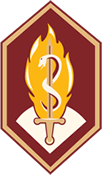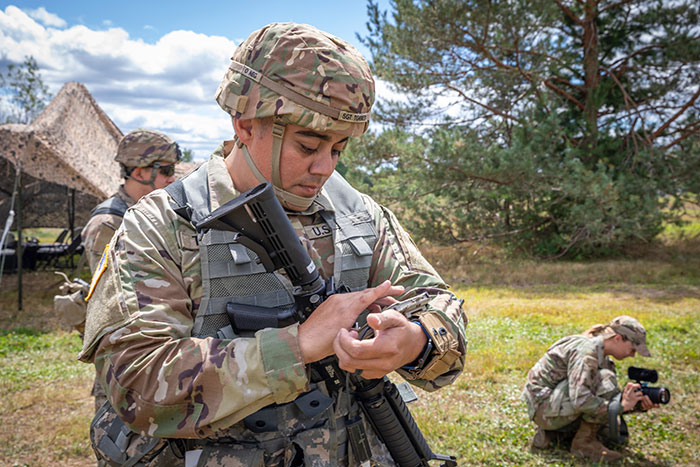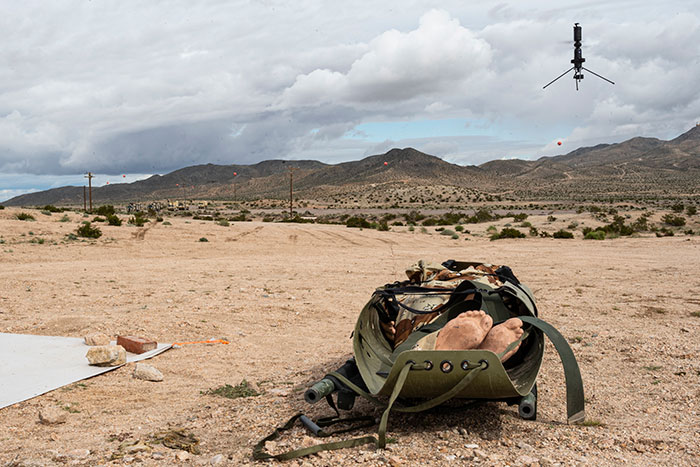TATRC's VISTA Casualty Detection and Assessment Systems to be Tested at Project Convergence Capstone 5
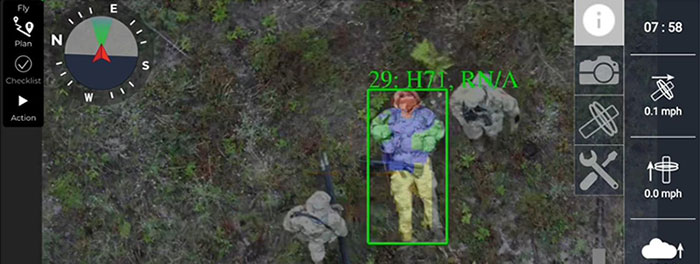
FORT DETRICK, Md. — Two cutting-edge imaging technologies being developed by the Telemedicine and Advanced Technology Research Center will be tested at the Army's flagship persistent experimentation activity in the spring of 2025, providing the designers with valuable hands-on input from Warfighters operating the technologies in real-world conditions.
The two technologies, which comprise TATRC's Vision and Intelligence Systems for Medical Teaming Applications system, use advanced machine-learning algorithms to extract detailed diagnostic information from visual images obtained by off-the-shelf digital cameras. One of the systems operates at the point of injury, while the other functions at the point of care. Both technologies are the result of a long-term collaboration with industry partner Areté Associates, which started through a Small Business Innovation Research investment.
Army Futures Command selected the two VISTA technologies for inclusion in Project Convergence Capstone 5, a joint multinational exercise to be conducted in the western United States and the U.S. Indo-Pacific Command theater this spring. USAMRDC's Experimentation Integration Cell facilitated TATRC's participation in the event.
"The broad problem we're trying to solve with VISTA is how to provide forward care providers with the most accurate and timely information they need to provide appropriate care," says Nathan Fisher, chief of TATRC's Medical Robotics and Autonomous Systems division. "We're also looking to offload some of their cognitive burden by automating some of the documenting and monitoring tasks so that they can focus on their patients."
VISTA POI is a sensor and software payload that can be installed on unmanned aerial systems to provide medics with a standoff casualty detection and monitoring capability. As the UAS flies over a high-threat area such as a battlefield capturing video images of casualties on the ground, VISTA POI applies sophisticated computer algorithms to analyze the footage and extract medically relevant information such as a casualty's location, heart rate and respiration. It then transmits that information to medics who can move in to provide initial casualty response, minimizing their risk of exposure to enemy fire.
VISTA POC, also called the Patient Handling Automated Recording and Observation System, provides medical personnel with a contactless patient monitoring capability during field care or evacuation. Using similar hardware and software as used in VISTA POI, it provides medical personnel with a hands-off automated monitoring capability equipped with programmable alarms and real-time documentation of vital signs and visible wounds on the patient's chart. The information is distributed on the Android Tactical Awareness Kit network, which can be viewed on a tactical smartphone interface by medical personnel at the point of care and also relayed downstream to treatment areas so that doctors and nurses have situational awareness of the casualty and are prepared when they arrive at the care facility.
"It's a combination of old-school computer vision and new-school machine learning," explains Fisher.
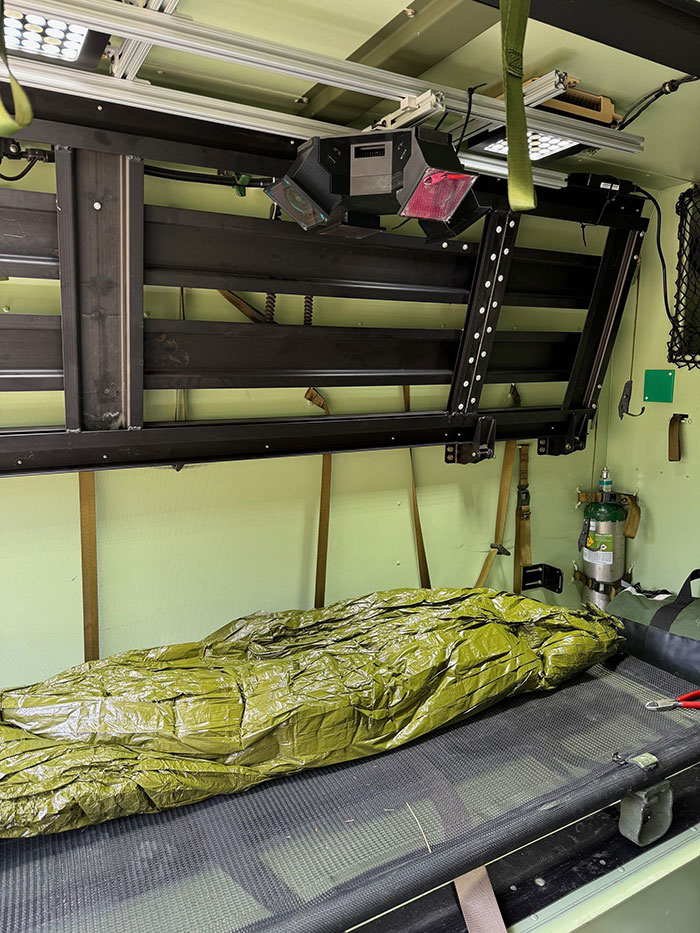
Fisher says the VISTA technologies are intended to address a crucial capability gap that has been a focus of research throughout Medical Research and Development Command: how to augment the capabilities of the limited number of medical providers that will be available to respond to future large-scale combat operations and mass casualty events. That's where real-world experimentation exercises like PC-C5 come into play, by providing TATRC's hardware and software developers with feedback from actual Warfighters on what works well and what could be improved.
Reflecting AFC's emphasis on persistent experimentation, Project Convergence is an ongoing "campaign of learning" that provides Warfighters with opportunities to test new weapons, command and control systems, and other technologies in realistic field conditions. It is intended to prepare Warfighters for operating in the Combined Joint All Domain Command and Control environment, which consolidates sensors and weapons systems from all military services into a single network to provide faster and more effective response to threats from peer and near-peer adversaries. Experiments are conducted year-round, culminating in an annual capstone exercise.
At Capstone 5, medics will test both VISTA POI and POC elements in the POI medic lanes. Senior medics will use VISTA POI to locate simulated casualties, identify their vital signs, triage the battlefield, and dispatch line medics to perform casualty response, extraction, and tactical casualty combat care. Once in an ambulance, the line medics will then use VISTA POC to monitor the casualty's vital signs and wound status and upload the data for continued treatment at a Role 1 care facility and onward.
After the completion of the capstone exercise, the MedRAS team will use detailed surveys collected from the medics on the functionality and utility of the technologies as well as possible alternate use cases to improve the hardware and software. Fisher sees Capstone 5 as an opportunity to kickstart the official development requirements process with the capability developers at the Army Medical Capability Development Integration Directorate.
"To be able to transition a technology from the lab into the field, there needs to be a requirement that describes what the technology needs to do, which allows product developers at the program management offices to integrate it into their program of record," says Fisher. "The point of experimentation exercises like Capstone 5 is to bring these compelling technologies out into the field and help inform what a requirement for that technology would look like, which will hopefully lead to the creation of a requirements document."
In the meantime, the MedRAS team is working hard to make sure that VISTA POI and VISTA POC are both functioning at peak readiness for the event.
"We're looking forward to seeing what we learn from Capstone 5," says Fisher. "We've put in a lot of work to get this far, and we think the system is ready for what's next."














